Product Design
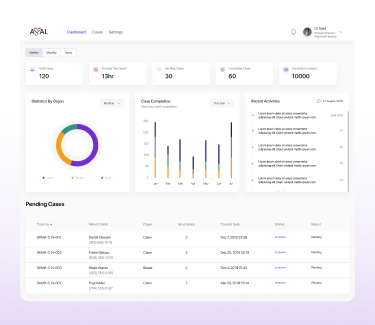

This web app helps pathologists find cancer in biopsy slides. Pathologists mark where they see cancer, and the app uses that to teach a computer. The computer then helps pathologists check biopsy samples faster and more accurately. This teamwork between pathologists and AI aims to improve cancer detection and help patients.
This product is unique, with no competitors in its category.




I was responsible for research, User interviews, interface design and design system for this project during my time in tangent.
Cancer remains one of the most pressing healthcare challenges worldwide, with high costs associated with diagnosis and treatment. The primary objective was to utilize AI algorithms to improve cancer diagnosis accuracy while making it more accessible and affordable for individuals across different socioeconomic backgrounds.
The development of the Amal reporting portal was a big goal. It involved a collaborative effort between oncologists, AI experts, and the UI design team. The Portal was needed to be designed to offer a user-friendly interface that simplifies the diagnostic process for both patients and healthcare professionals.
To begin the project, we conducted a UX audit of the current system to identify any gaps or areas for improvement. To gather further insight, we also conducted user interviews with doctors who were using the system. In addition, we conducted a competitor analysis to examine the user behavior of various annotation software. Based on this information, we can make informed decisions about how to improve the system.

After completing our research, we created user flows and information architecture for the new system. This was based on the requirements and insights gained from the competitor analysis and stakeholder feedback. This helped us to address the needs of the users and create a more effective and efficient system.
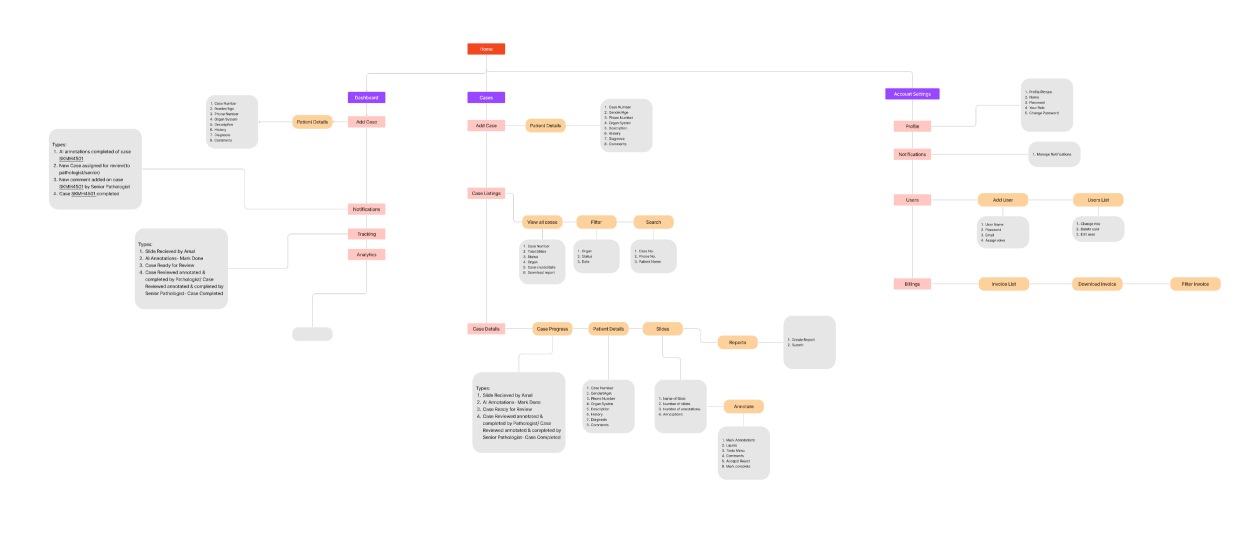


Using the information gathered from the user flows and information architecture, we were able to create wireframes for the new system. These wireframes allowed us to visualize how the system would work and ensure that it would be useful for the users and meet their requirements. By getting early feedback from stakeholders and users during the wireframing stage, we were able to avoid potential gaps or issues in the final product.
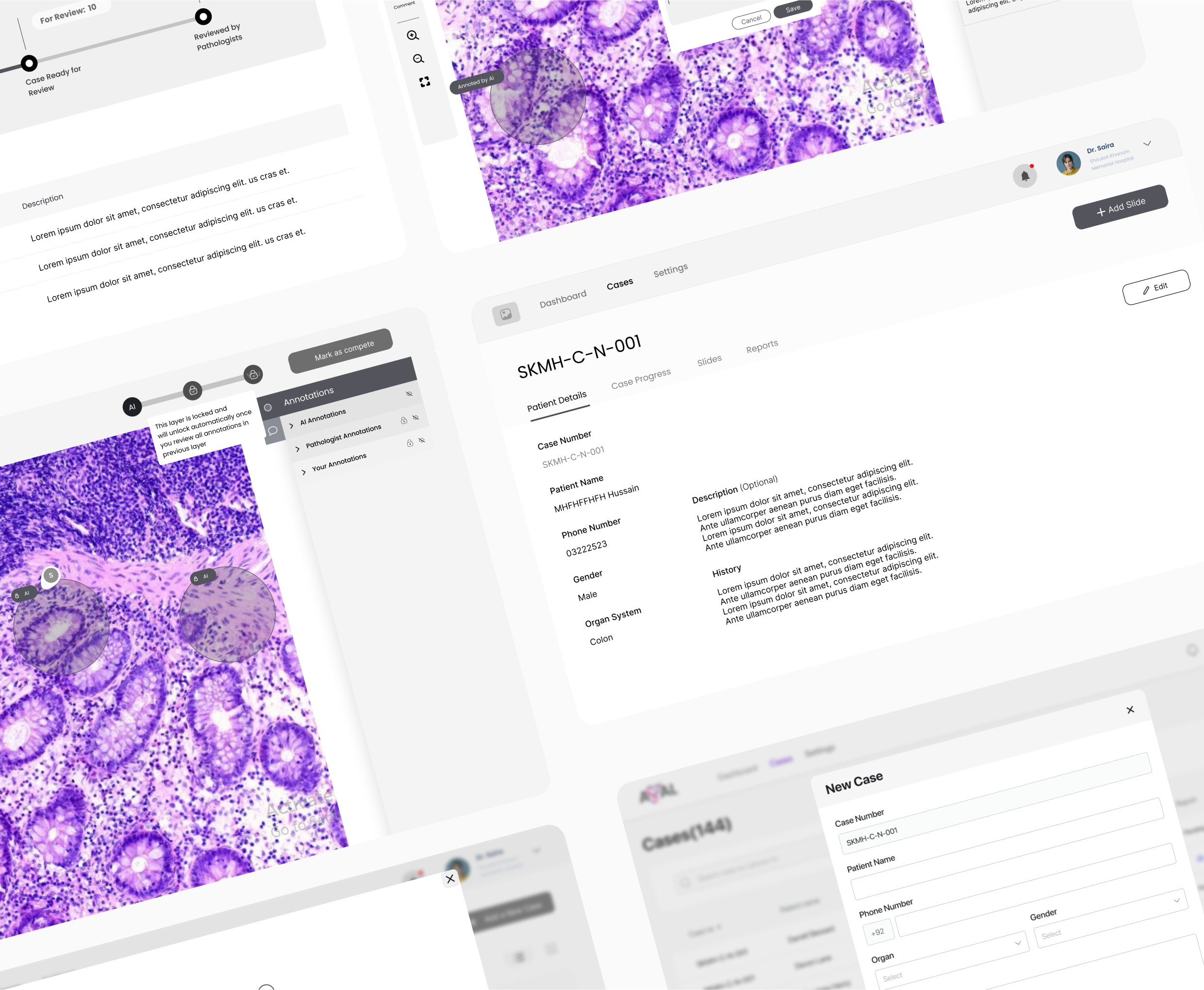

The finishing touch involved transferring models to insure consistency of work across all Amal product
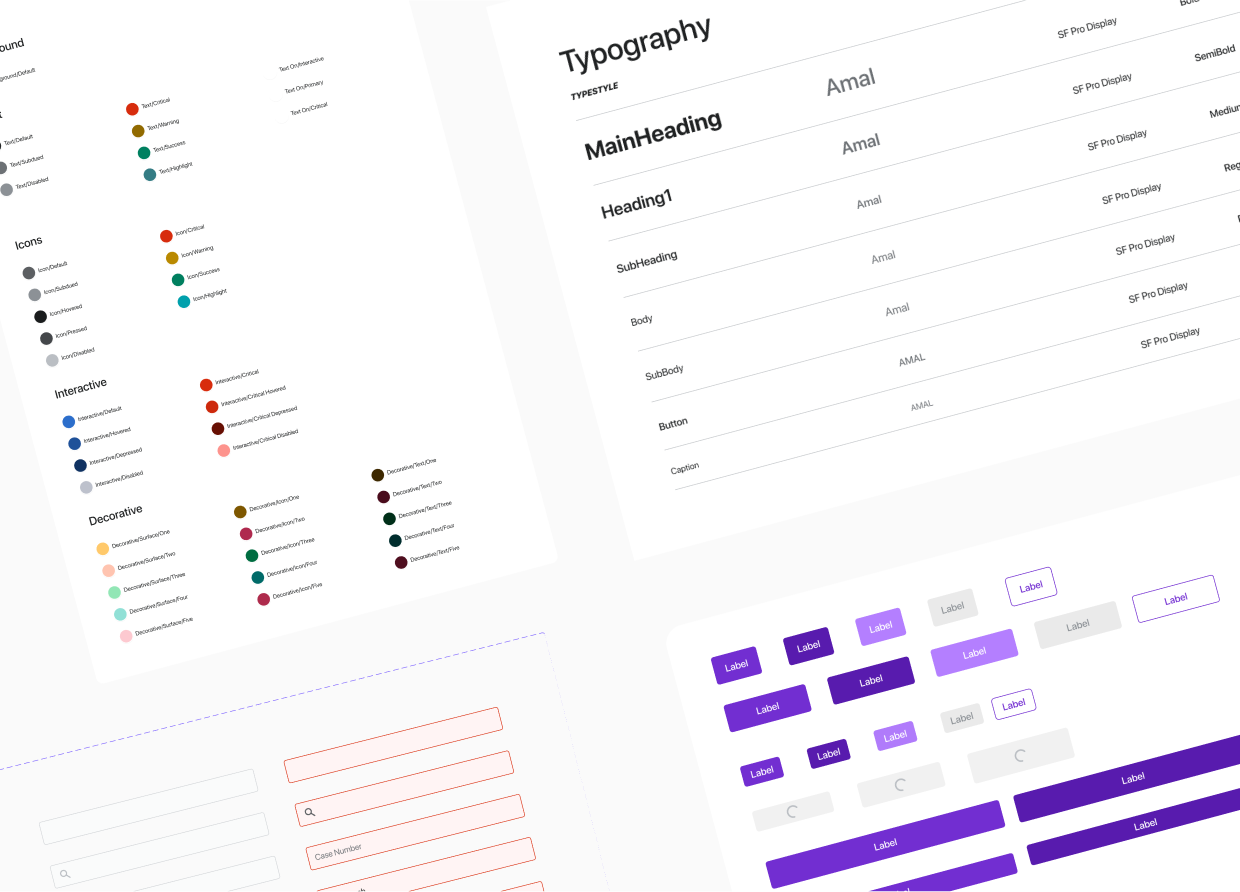
We created designs for the various user groups including pathologists, lab admins, and attendants. Each group had their own specific restrictions and permissions, making it easier for stakeholders to pitch the product to potential clients before moving into the development stage. By designing for these specific user groups, we were able to tailor the system to their needs and create a more effective product.
The portal provides an extensive overview of cancer cases categorized according to the affected organs, offering a comprehensive record of the occurrences
The portal provides a comprehensive display of recorded cancer cases, presenting a detailed listing of each case
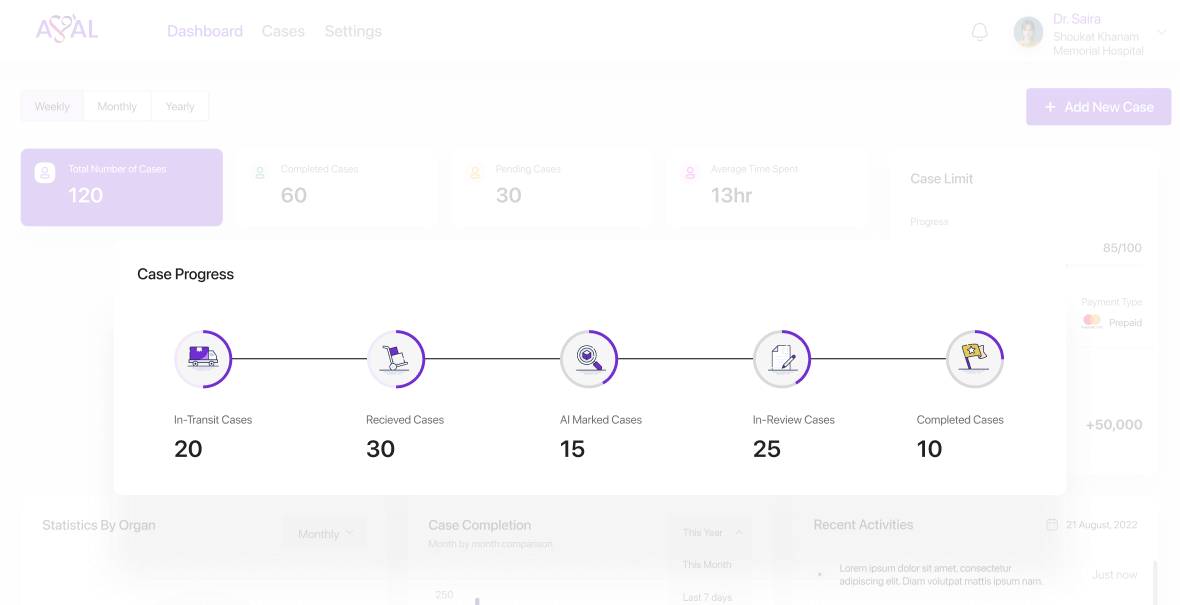
Case tracking is much easier to understand now for lab
admins a fresh and clean look.
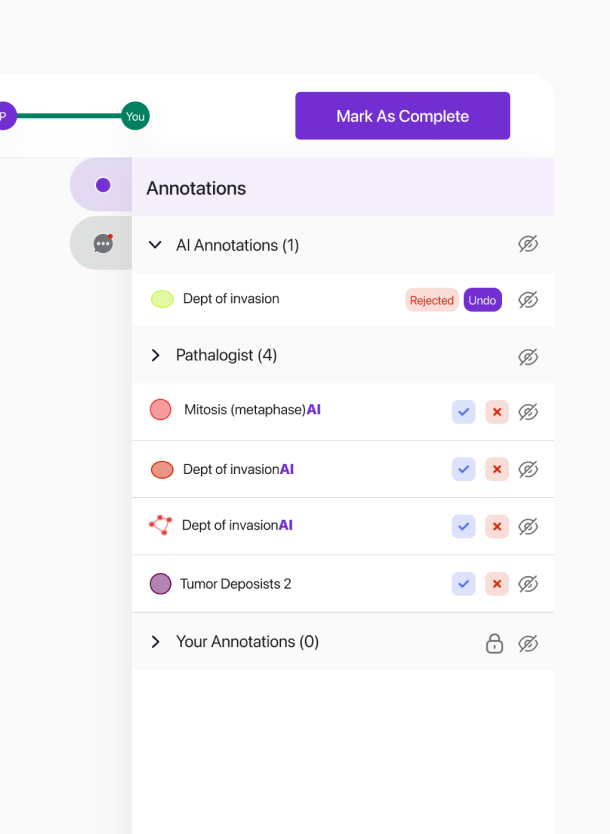
Doctors can use AI annotation on the portal, allowing them to enhance and optimize their marking processes.
Portal provides users with the convenient option to add comments directly on the images, allowing them to easily pinpoint and highlight any issues or concerns.
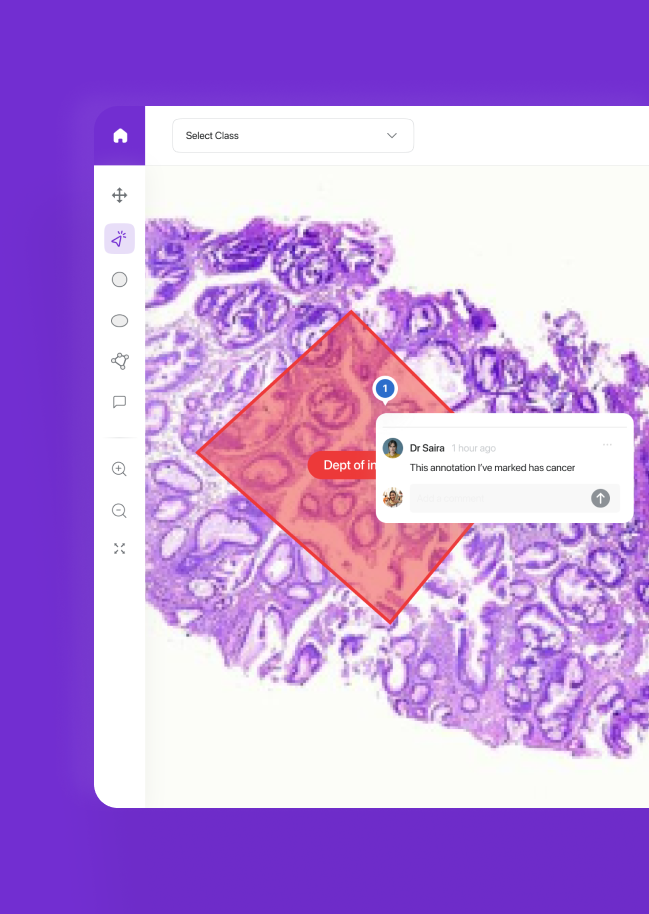

Implemented a dashboard featuring tailored restrictions and permissions for individual users
Our collaboration with Amal brought significant improvements to the UI/UX and report presentation aspects. The enhanced user experience, streamlined report visualization, and effective social media engagement strategies have contributed to increased user satisfaction, better communication of diagnostic findings, and expanded awareness of Amal's affordable cancer diagnosis services.
In the future, they plan to extend this model to the international market, with many more developments yet to be revealed—you've only glimpsed a fraction of what's to come.